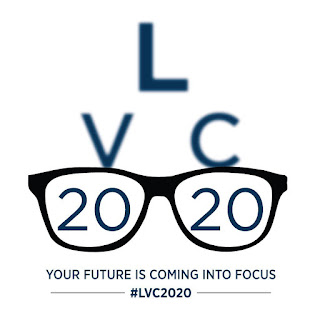2019: A Year in Review

This article was written originally for MultiBriefs Education . Happy New Year! As we close out 2019 and look forward to what the new year will bring, let’s take a look back at what our profession learned in the last year. From the over twenty-five articles that I wrote for MultiBriefs in 2019, the topics that seemed to have the highest reach with educators focused on topics such as competency-based / personalized learning, mental health and social emotional learning (SEL), and school safety. In this July MultiBriefs Exclusive on the rise of competency-based education (CBE) models, I reported that forty-nine out of fifty states have policies in place to support the model, and in this October MultiBriefs Exclusive I shared an updated definition for CBE developed by the Aurora Institute . Mental health and SEL continued to trend in 2019 as teachers continued to look for ways to meet the needs of their students. Of all the articles I wrote on this topic, this March MultiBriefs E









